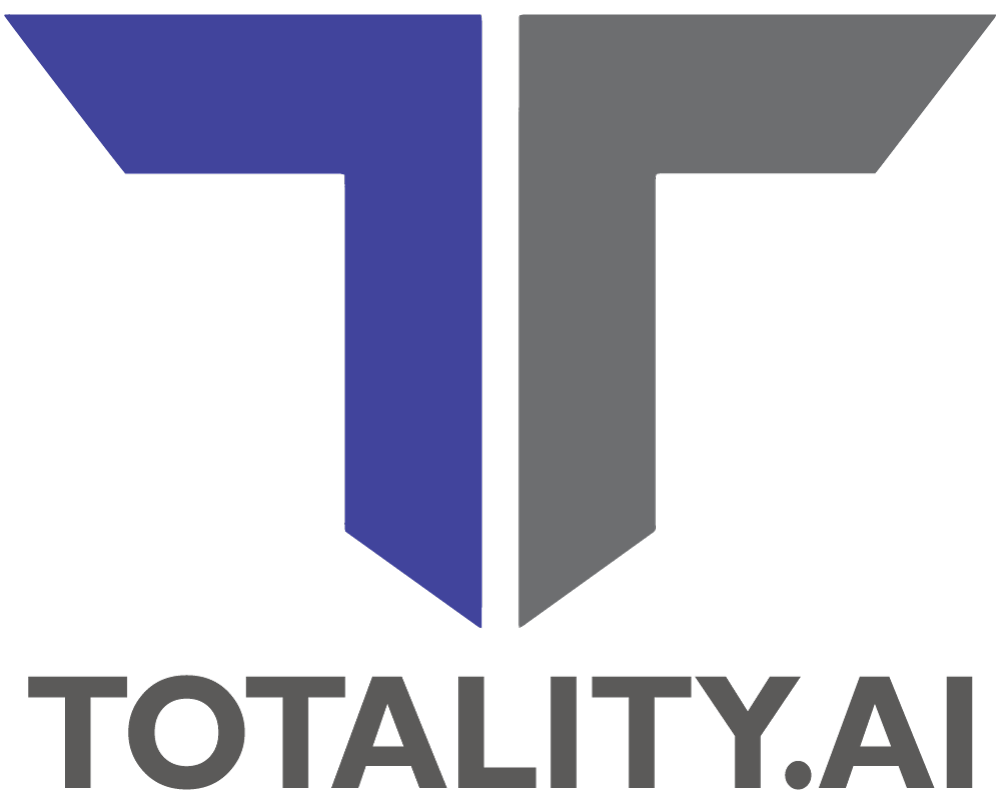STAKEHOLDERS AND EXECUTION
The EPA provides the following discussion of the techniques utilized in building industry’s understanding of inactive well methane detection and measurement techniques:
- Satellite-mounted sensors, such as GHGSat and TROPOMI, are typically focused on global and regional areas. High earth-orbit satellite-mounted sensors measure fugitive methane emissions in the metric tons per hour range (1 metric ton = 1000 kilograms: 1 kilogram = 1000 grams) whereas low earth-orbit sensors can be slightly more sensitive (0.1-0.2 metric tons/hour).
- Aerial technologies, such as unmanned aerial vehicles (UAV) and airplanes coupled with various sensors, typically measure methane emissions in the 100 – 1,000 kilograms per hour range and may be more appropriate for active oil and gas production sites with many potential leak sources. This sensitivity can be increased to as low as 0.5 kg/hour near a source. Both satellite and aerial approaches utilize spectrometry and meteorological data to estimate methane emissions.
- Ground-based techniques, such as hand-held natural gas detectors, high-flow samplers, and flux chambers, are direct-emission measurement techniques that require an individual to be present at the well site. These techniques can detect methane emissions at leak rates of 1 gram per hour or lower, making them suitable for orphaned and inactive well sites.
Totality’s Methodology is designed for responsiveness as to whom initiates a Project, whether: the incumbent operator itself of an inactive well(s); a surface owner and/or a mineral owner impacted by inactive wells that are operated by others or by defunct or absent operators; non-governmental organizations seeking to address this industry conundrum; or, financial and/or corporate investors seeking to reduce their carbon footprint through Carbon Credits.
